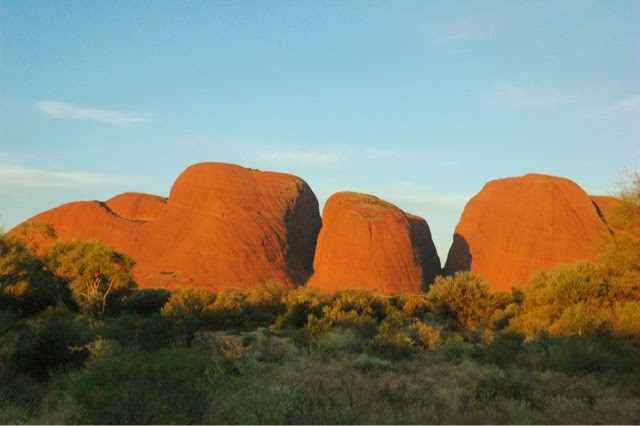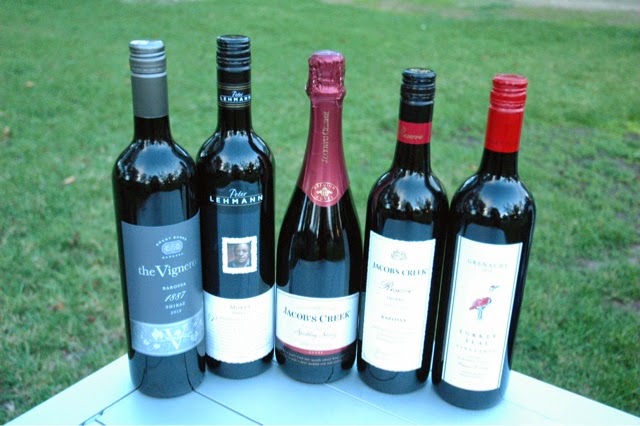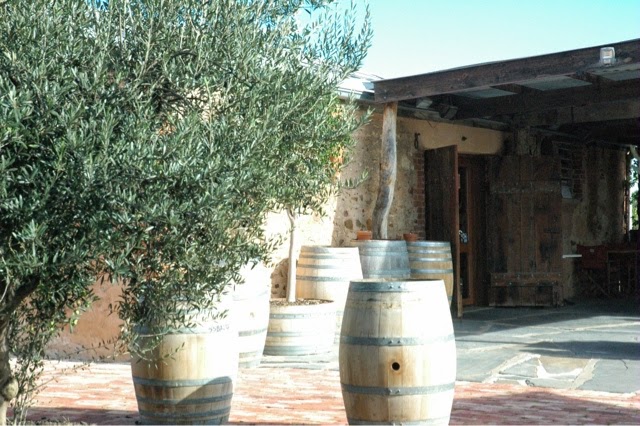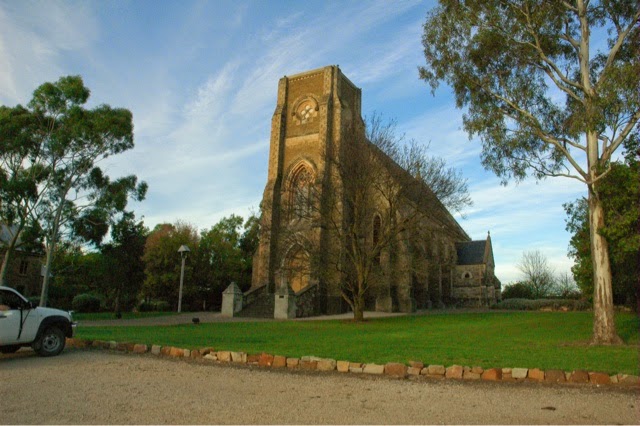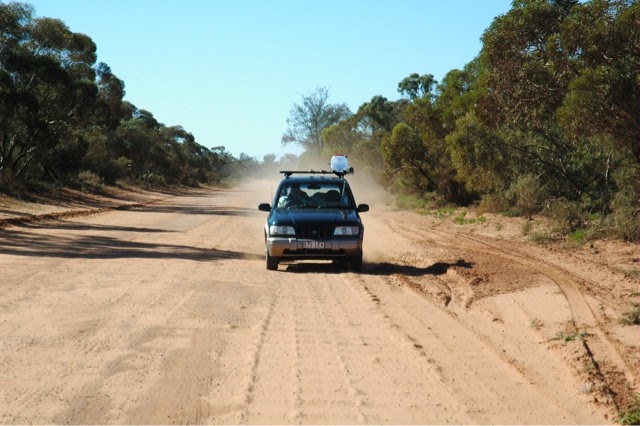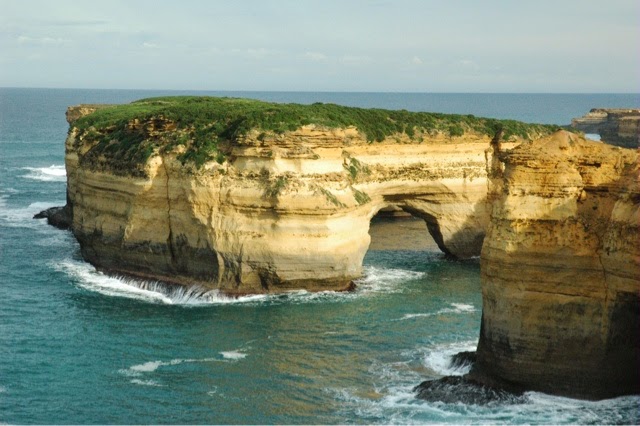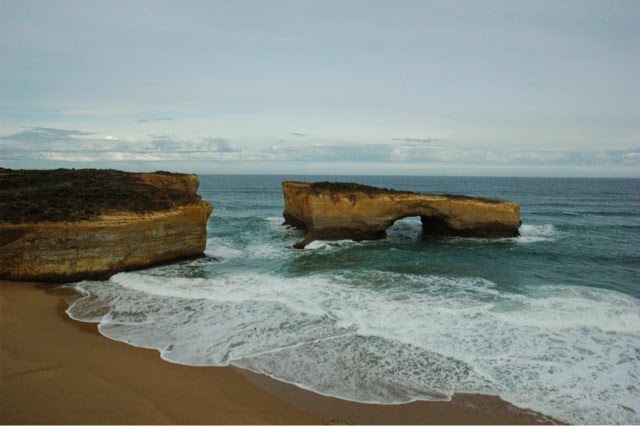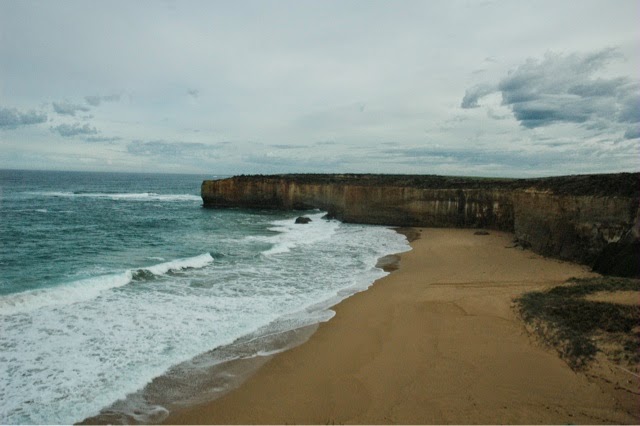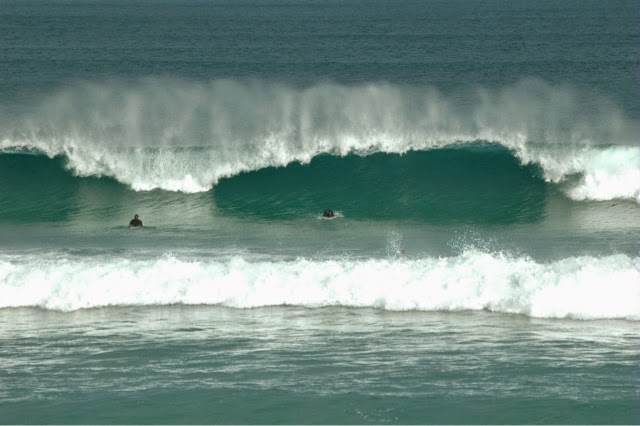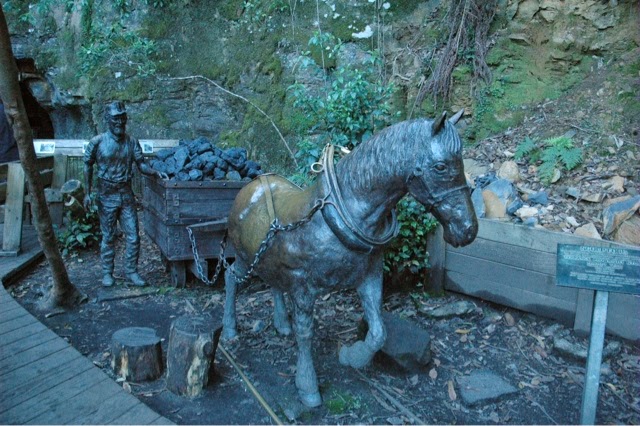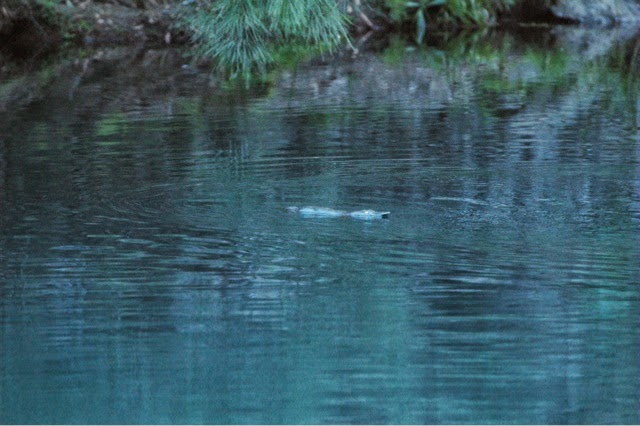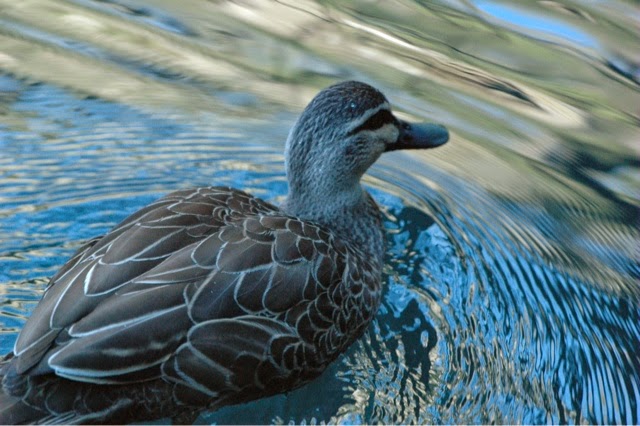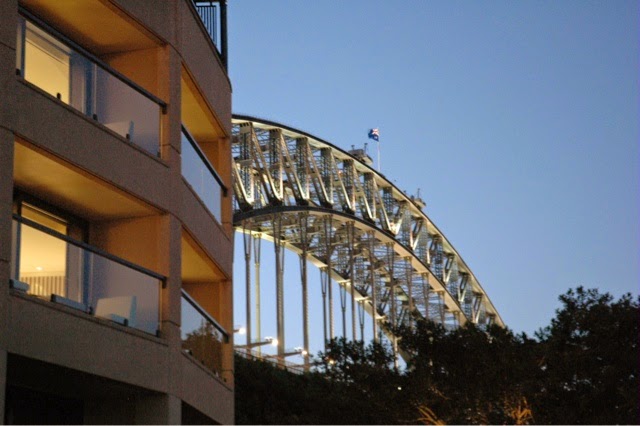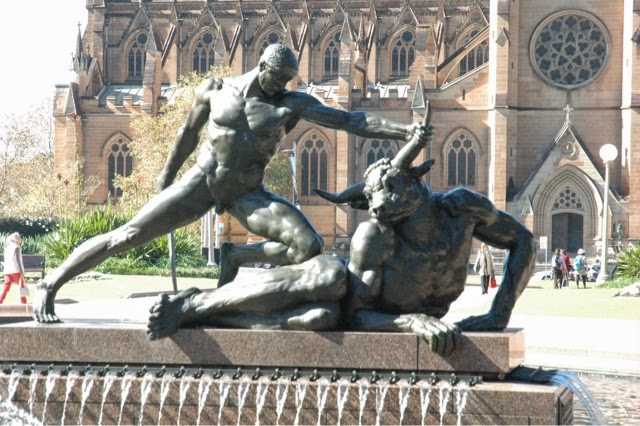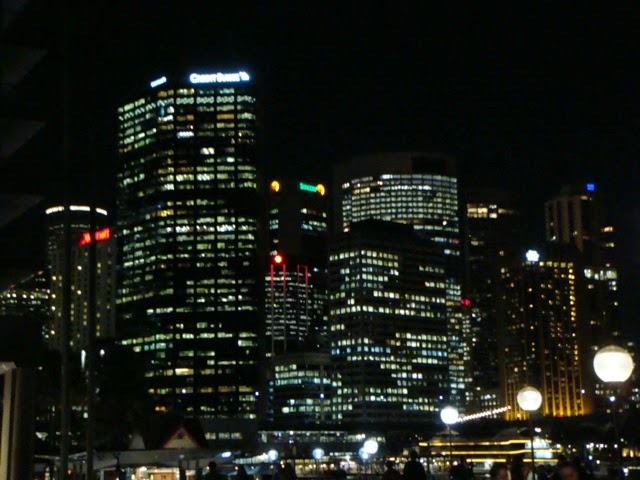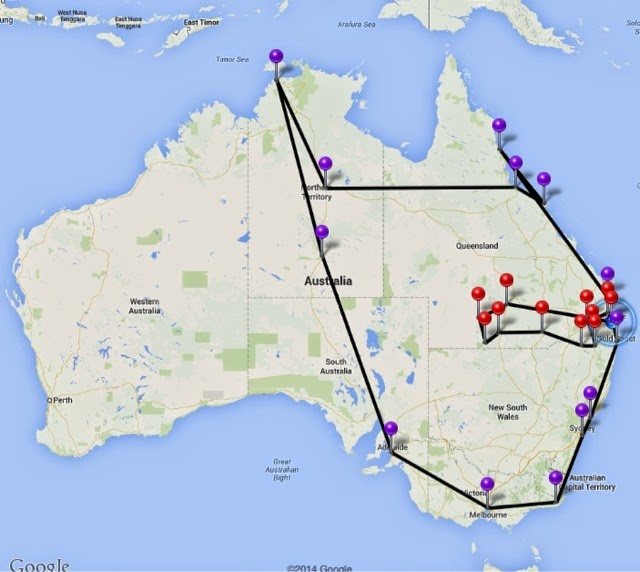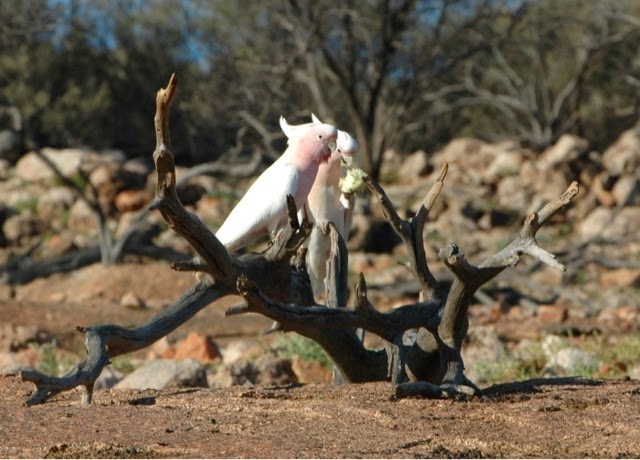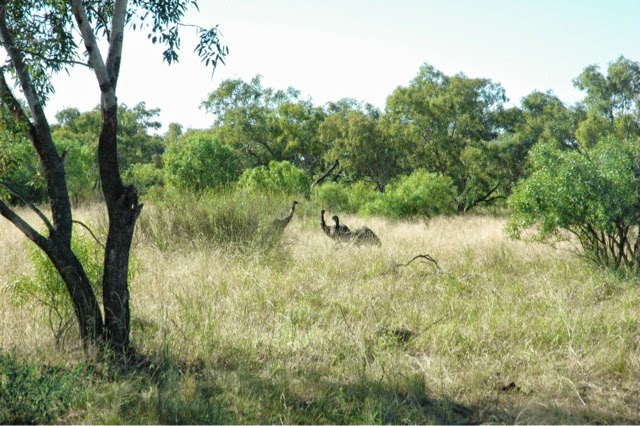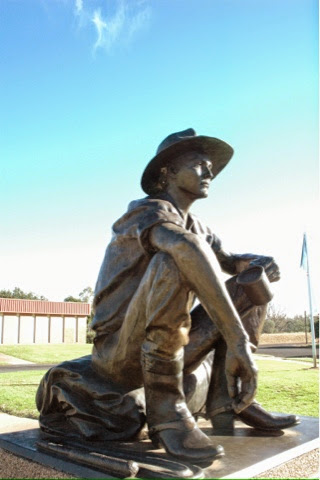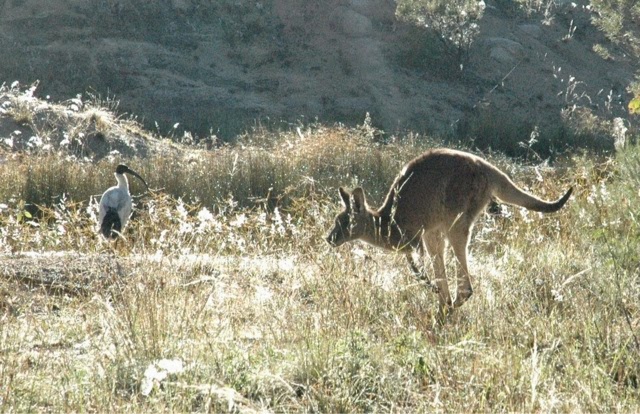Then another kind of man started arriving. I call them man as I believe that is how they refer to themselves, but for me they will always be the two-legged creatures. Anyhow, this new pale-skinned man had different ideas and they started climbing over me like ants on a hill. Quite funny really. But even funnier is how they travel from far away countries to see me and gather by the hundreds at dusk and dawn to watch how the sun settles on my surface. I know I am beautiful, I can see it in their eyes. But I am only a rock after all. And the earth has plenty of fine looking rocks."
Well, if rocks could talk I wonder what tales Uluru would share with us. Almost half a million people come to visit every year admiring this giant of a rock. Uluru is still a sacred place for the aboriginies and they have made a nice job of educating visitors at the cultural center and with the signs posted around the site sharing stories that were passed down to each generation.
Uluru is truly a star amongst rocks. Only when you see it up close and personal can you appreciate how large it is. We walked around Uluru today, 10.6 kilometers. Uluru reaches a height of 348m and geologists say we are only seeing a small part of it and that it continues as much as 7 kilometers below the surface. Uluru is not alone in the Red Center, but has a cousin sitting quietly 50km to the West. Kata Tjuta is not as grand or as famous as Uluru, but is also quite a dramatic site to see. And some people say the rocks look a little like Homer Simpson lying down for a nap.

